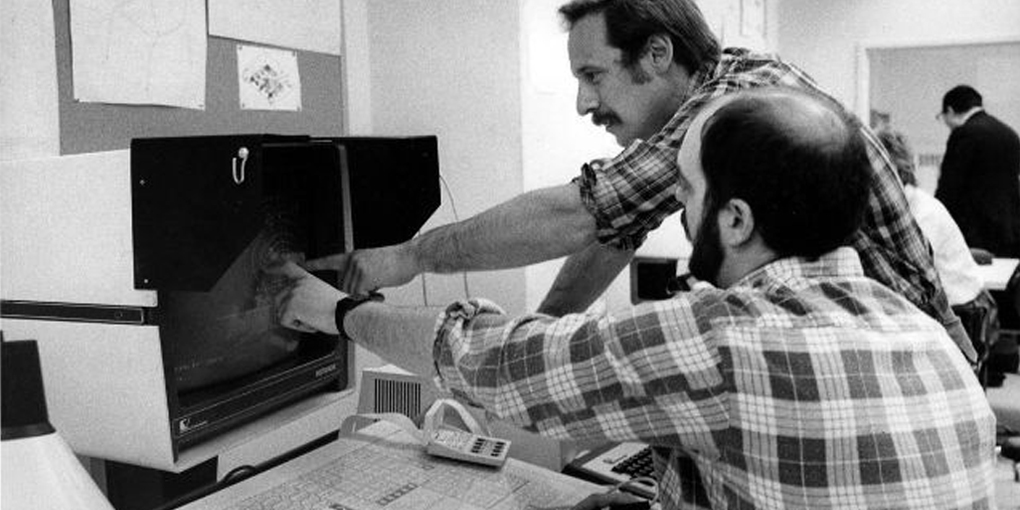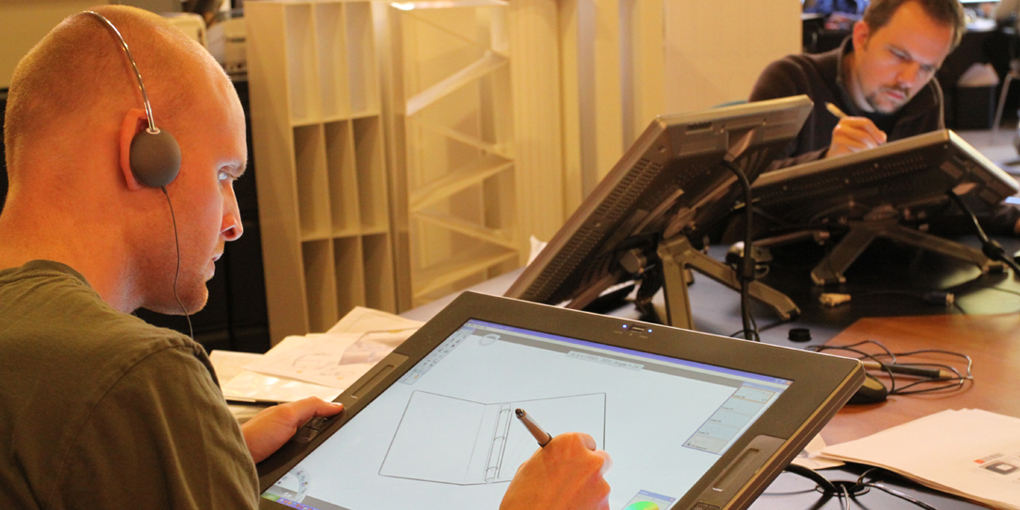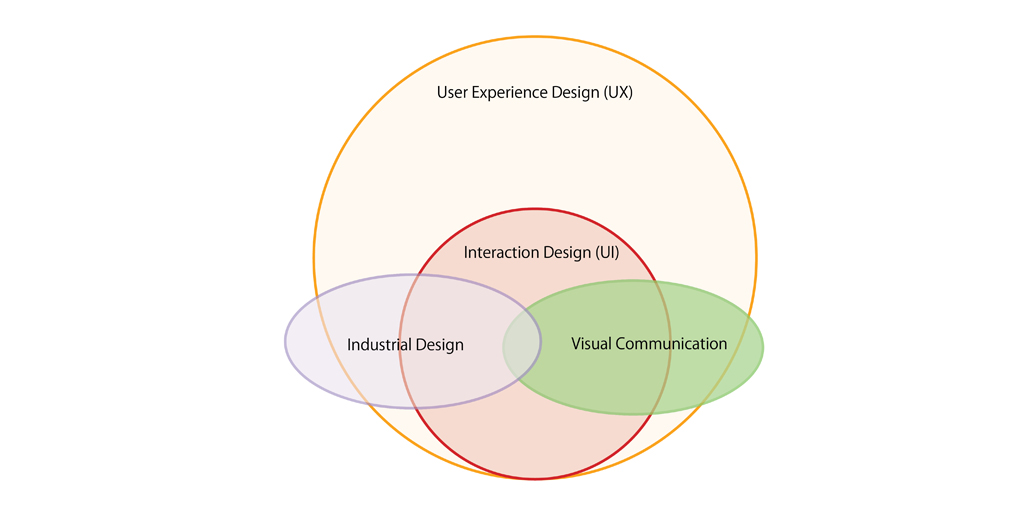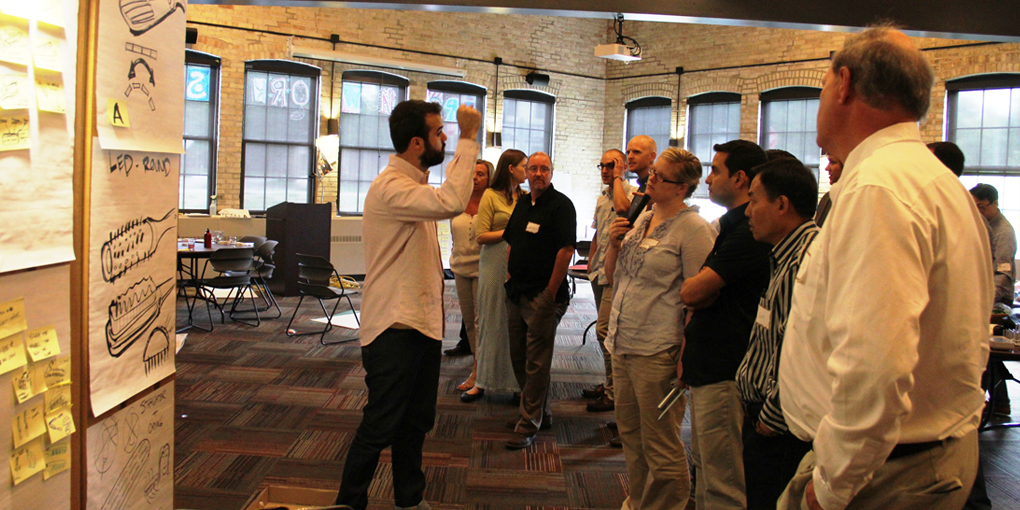How has industrial design changed over the past 50 years?
How has industrial design changed over the past 50 years? What role will industrial designers play in the future? Industrial design’s origins lie in the industrialization of consumer products. Early pioneers in the field include Henry Dreyfuss, Raymond Loewy, Donald Deskey, and Norman Bel Geddes. These designers are best known for their iconic work, unique design philosophies, visionary thinking, and, ultimately, for revolutionizing the design industry.
Henry Dreyfuss, who is well known for designing the first desk telephone, summed up the role of an industrial designer in his book, Designing for People: “In the minds of many persons an industrial designer is a brisk, suave character, brimming with confidence, who bustles around factories and stores, streamlining stoves and refrigerators that aren’t going anywhere, reshaping doorknobs, and squinting at this year’s automobiles and arbitrarily deciding that next year’s fenders should be two and three eighths inches longer.
Actually, this is a caricature of the industrial designer. It exists partially because it is only within the last twenty-five years that the profession has come of age, partially because a successful performer in this new field is a man of many hats. He does more than merely design things. He is a businessman as well as a person who makes drawings and models. He is a keen observer of public taste and he has painstakingly cultivated his own taste. He has an understanding of merchandising, how things are made, packed, distributed, and displayed. He accepts the responsibility of his position as liaison linking management, engineering, and the consumer and co-operates with all three.”
Fifty years ago, industrial design consisted of designers sitting at a desk and sketching with a paper and pencil. It was solely about making things more beautiful by improving the aesthetics, ergonomics, and functionality of a product. The inventions of plastics and other new materials, including manufacturing processes like injection molding, led to even greater opportunities in form development in the fifties and sixties. When early adopters started using CAD in the 80s, it dramatically affected the way industrial designers worked and communicated. They were now able to capture their design intent along with information necessary for engineering and manufacturing to continue development. This enabled their vision to remain true as well as streamlining the development process. Without sacrificing creativity, industrial designers could now consider materials and part strategies in their design process. During this time, they became the conduit between engineering and marketing.

By the early 90s, technology was advancing rapidly and the design industry was seeing these changes firsthand. Companies like Wacom introduced a pen-based systems technology which enables designers to draw with natural motion and capture their designs electronically. This technology became mainstream in the early 2000’s with the introduction of the Wacom Cintiq. This form of technology has forever changed the field of design, making it faster and more convenient for designers to communicate their ideas.
The changes in the profession between the fifties and nineties were largely due to new technology. Designers were quickly adapting computers to their workflow and using new tools to speed up the development cycle without inhibiting the creative process. Much of the shift that has happened since the early 2000’s within design is not only a result of technology, but also of increased skill sets of industrial designers and business thinkers realizing the competitive advantage that design can add and pushing it to the forefront of their companies.
Today, the playing field in the industry is very different than it was just five or ten years ago. In the past few years, we have seen a major shift from product design to experience design. Design doesn’t only fit into the “beautification of objects” anymore. Designers now have the ability to create unique human experiences. They uncover what users want, not by asking them, but by observation of behavior and putting themselves in the user’s shoes. The changes we see are less tangible than in years past – their focus has expanded to include design research, design strategy, user-centered methods, service design, and sustainability in design.
As nearly everything has turned digital and products are incorporating new technologies and interaction design, UI and UX is becoming the next frontier for industrial designers. Due to the incredible increase in product and system complexity, industrial designers have no choice but to understand and engage with the principles of interaction design. Consumers are looking for products and services that give them more control and offer instinctive interaction. Both interaction and industrial designers strive to design systems so intuitive that the user doesn’t even need to think about how to use them.
In addition, the role and definition of design within organizations has changed dramatically. Where earlier design was brought in after marketing or sales decided they wanted a “new and improved” product, service, or brand extension, today companies are seeking to integrate design as a strategic tool early on in the process to differentiate and provide their own value proposition. Designers have a larger role in identifying and analyzing the data being collected in order to provide direction and seamlessly move into sketching, form development, and CAD. It has become an integral part of the business strategy and a long-term goal for companies.
Due to this change, designers no longer need to understand only the design language, but the business language as well. They need to be aware of how their decisions and direction can positively or negatively affect the bottom line. They must recognize the basics of marketing, sales, and management, because without this business knowledge, even the best designs in the world will be left behind.
With the increased need for design in business planning, more and more designers are leading companies today because of their deep understanding of the design process and the experience necessary to formulate strategies that will enable them to grow, maintain leadership and be profitable. This new opportunity for design to integrate with research and strategy and directly influence business decisions is the catalyst driving this major change in the design industry. Companies now understand that the real value in design is in improving the user experience, rather than the buying decision alone. Designers are capable of designing unique business strategies and creative product planning for global market introductions.
Today, designers are continuously challenging their boundaries and becoming an integral voice in a number of different businesses and industries. What has previously defined industrial design is no longer relevant and for a number of different reasons, organizations have started to look to design and design thinking to lead their product development process. In the coming years we believe that there will continue to be an increased focus on the front-end of the design process. More design firms will shift their focus to business strategy as companies begin to see the benefits it provides. Design is a way of thinking that is applicable far beyond the design of products and services, and for this reason, the role of the designer will continue to evolve in the years to come.
:::
At Beyond Design our designers are skilled in all areas of design, ranging from design research and strategy, to industrial design, engineering, and user experience. We can help you create a memorable experience that makes an impact on your industry. Please check out our services below and feel free to contact us at here with questions, comments, or a request for more information.






 Top
Top
